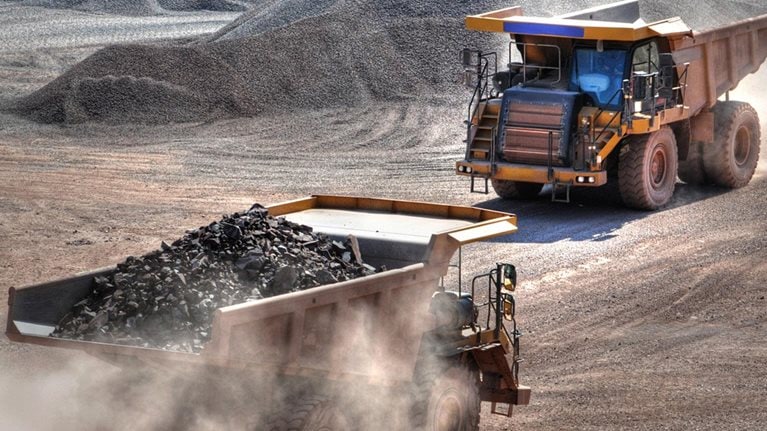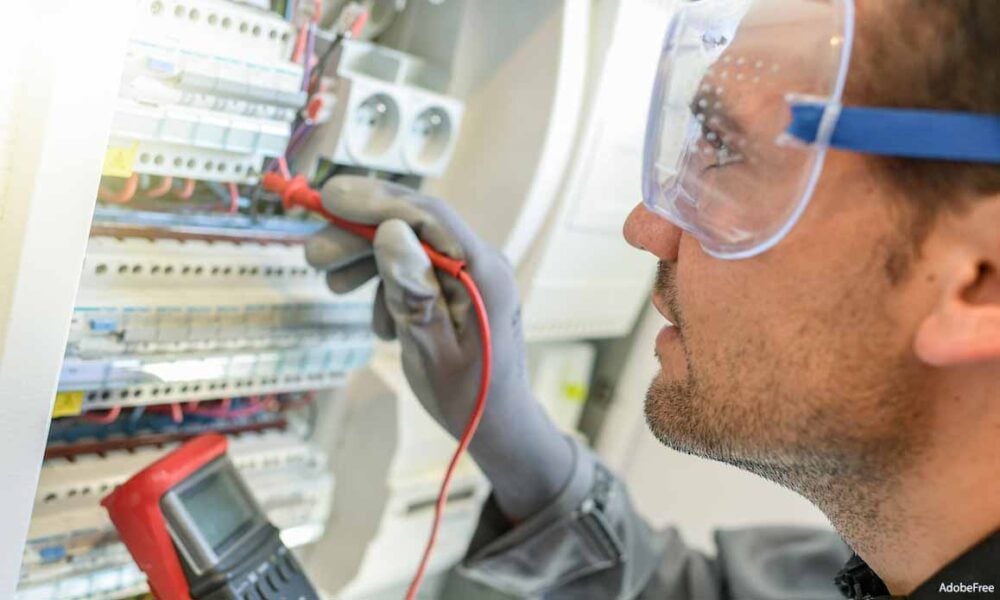Australia’s mining industry is essential. It accounts for a significant proportion of the GDP and employs an equally significant proportion of the total workforce. It all grows from the ground, with heavy machinery extracting, mining, and processing the produce. These mining machines are known as industrial mining equipment. These machines perform highly in excavating the minerals and resources below the ground.
This article will focus on efficiency, a blessing for Australian mining equipment companies. One could understand the machinery from the downsides of the machinery and the creative method that assisted in developing the results. Here is how the superiority, shortcomings, and breakthroughs in Australian tackle tool solutions work.
Overview of the Australian Mining Industry
Natural resources and reserves have historically benefited Australia’s fortunes. According to logistics and observers, Australia is one of the leading mineral producing nations in the world. Mining is one of the largest and most important economic sectors in Australia.
Mining remains a driving force within the Australian economy. The industry generates billions of dollars in export revenue each year as well as providing work for hundreds of thousands of Australians. In addition, by paying various types of taxes and royalties, it does an excellent job of developing economies and regions within this country.
Australia has several major mining areas that produce different minerals. The Pilbara region, located in Western Australia, is responsible for producing iron ore. The Bowen Basin and the Hunter Valley regions, located in the eastern states of Queensland and New South Wales, respectively, produce coal. Other areas of the country produce gold, copper, nickel, and many other minerals.
Importance of Efficient Industrial Mining Equipment
Industrial mining equipment includes all machinery and tools used to move, extract, process, and transport minerals or ores. It may consist of several types of machinery and equipment, such as diggers, tip trucks, drills, and crushers, as well as conveyor systems.
Hence, industrial mining equipment is essential in the mining industry as it increases the industrial participants’ output and reduces the number of funds used in the process. In this sense, industrial mining equipment allows firms to dig out more ore within a given timeframe, resulting in more production and, consequently, more profits.
As such, industrial mining equipment minimises the funds and time spent on frequent maintenance, ultimately creating efficiency and enhancing profits. Technological advancements have significantly disrupted the mining equipment sector through the evolution of higher technology and construction equipment performance. Automation, robotics, and big data significantly improved companies’ manufacturing efficiencies.
Furthermore, material research and product development are the most recent and continuing forms of disruption. The firms have developed lighter and better materials to make this machinery, and they perform highly.
Types of Industrial Mining Equipment
The following are a few typical categories of industrial mining equipment:
- Exploration Equipment: It is used in mineral extraction, where core samples are taken by blast holes and boreholes into the ground; included are drills, drill rigs, boring tools, corrosion, percussion, or rotation, which are used in drilling equipment, exploration drilling, or blast hole drilling.
- Drilling Equipment: It is used to drill boreholes and remove core samples by blasting holes. Tools used include drills, drill rigs, boring tools, corrosion, percussion, and rotation.
- Earthmoving Equipment: Workers excavate, transport, and work the terrain using excavators, bulldozers, loaders, and graders to move overburdens, build access roads, and prepare the mine site for processing.
- Material Handling: Equipment transports mined materials to a central location and the processing plant in the mine. These types include high-capacity equipment used to move bulk materials on the mine site; they include ore, coal, and aggregates, which are also extracted at large scales.
- Other Specialised Equipment: The third category includes rarely used dump trucks and portable loaders, ventilators and extractors, pumps for dewatering, mining locomotives, etc.
Factors Driving Efficiency in Industrial Mining Equipment
The following are some important elements that influence how effective industrial mining equipment is:
Automation and Robotics
Automation and robotics technologies, such as automatic self-propelled equipment, robotic drilling systems, a machine for autonomous self-driving, and excavate trucks that work without operators, are revolutionising the mining industry. The factors above generally include operation automation, which reduces the risks of an accident and increases efficiency since it can be used 24/7.
Use of Real-Time Data and Predictive Maintenance
Mining companies use data analytics, real-time data, and predictive maintenance equipment monitoring. This data enables mining companies to identify problems before they occur and proactively schedule maintenance activities.
Equipment Design and Engineering Advancements
Manufacturers have continually improved their products. Thus, applying standard construction equipment ensures reliable operation and increased productivity. Manufacturers are developing more advanced equipment and structures.
Safety Innovations
The mining industry continuously prioritises safety, developing various technologies to enforce safe working conditions and protect mining workers. Industrial mining equipment in safe working conditions includes safety innovations such as collision avoidance systems, proximity detection sensors, and ergonomic designs. These designs aim to protect operators from potential injuries, while collision avoidance systems comprise technological material that recognises any obstacles in the mining site.
Future Trends in Industrial Mining Equipment
The following upcoming developments in industrial mining equipment are influencing how mining will develop in the future:
Emerging Technologies and Innovations
The mining industry is changing rapidly, and emerging technologies such as artificial intelligence and advanced sensors are emerging. Engineered technologies aim to achieve productivity, efficiency, and sustainability for mining resources.
Shift Towards Electrification and Renewable Energy Sources
More than ever, people have to rely on sustainable sources of energy. Electrification will promote the use of electric vehicles in the mining sector, which minimises carbon emissions and saves fuel costs.
Impact of Global Trends on the Australian Mining Industry
Global politics, commodity prices, and consumer demand influence the Australian mining industry. Geopolitics affects commodity prices, and in support of this statement, the Gaddafi administration in Libya caused an acceleration in energy prices during that period. Given that global demand and human civilisation are advancing rapidly, interest in joining the international and commodity trading business is rising. Private equity also influences Australian mining practices. They are changing demand. The Australian mining industry changes due to shifting global and technological trends.
Conclusion
Efficient industrial mining equipment drives productivity, reduces costs, and ensures worker safety within the Australian mining industry. Given the abundant mineral resources the nation has to offer, it is imperative to ensure that advanced equipment is used optimally to improve extraction efficiency and maintain the industry’s competitiveness globally.
The Australian mining industry is tilted towards embracing more advanced emerging technologies and sustainability and continuing to evolve in its future development plans. Australian mining companies can remain competitive and progressive in the global marketplace and positively contribute to the country’s economic development and national prosperity.
Meta description: Discover how Australian mining equipment solutions are revolutionising industrial productivity. Explore cutting-edge technologies, sustainable practices, and workforce development initiatives driving efficiency in the mining sector.











